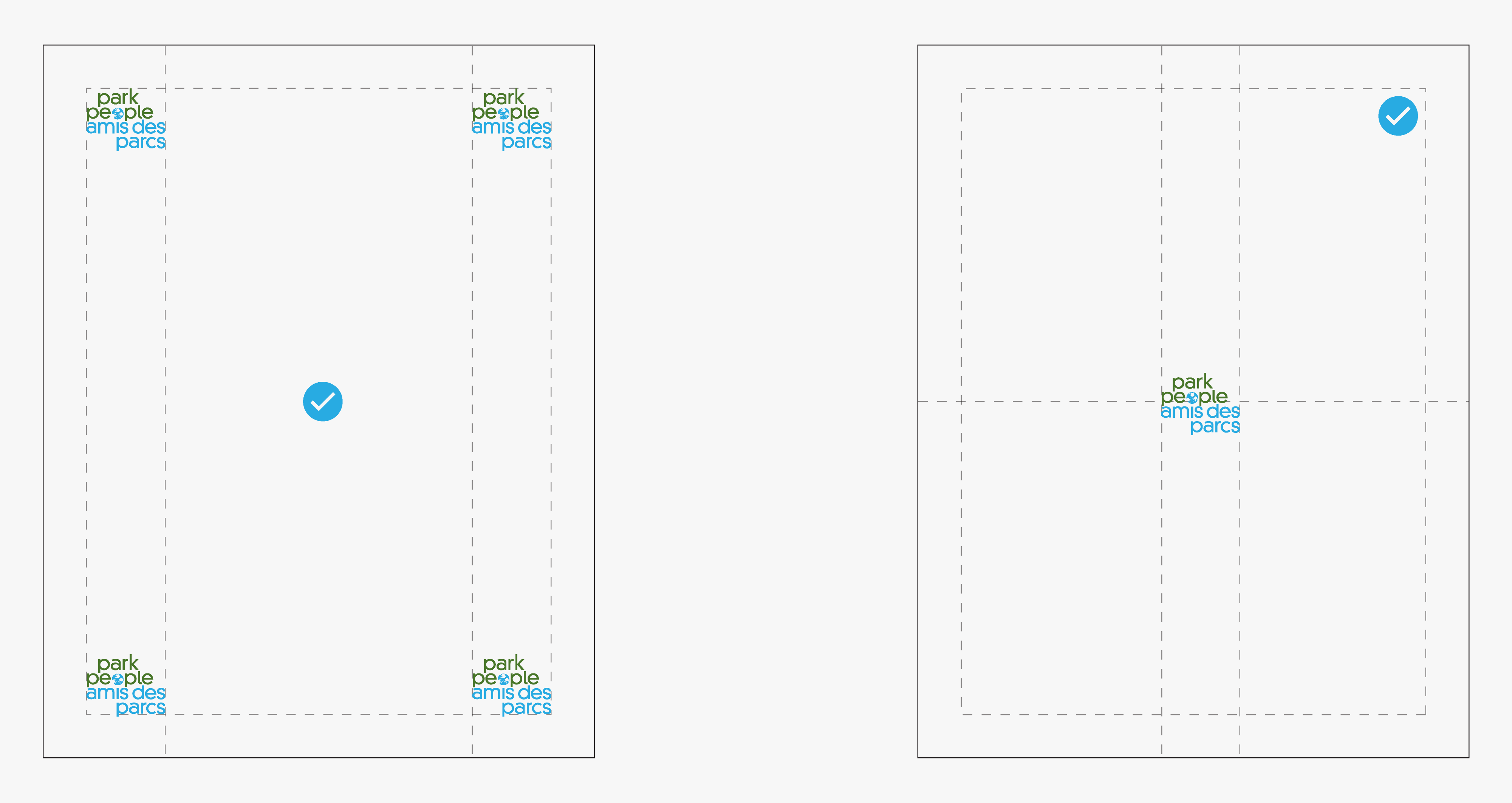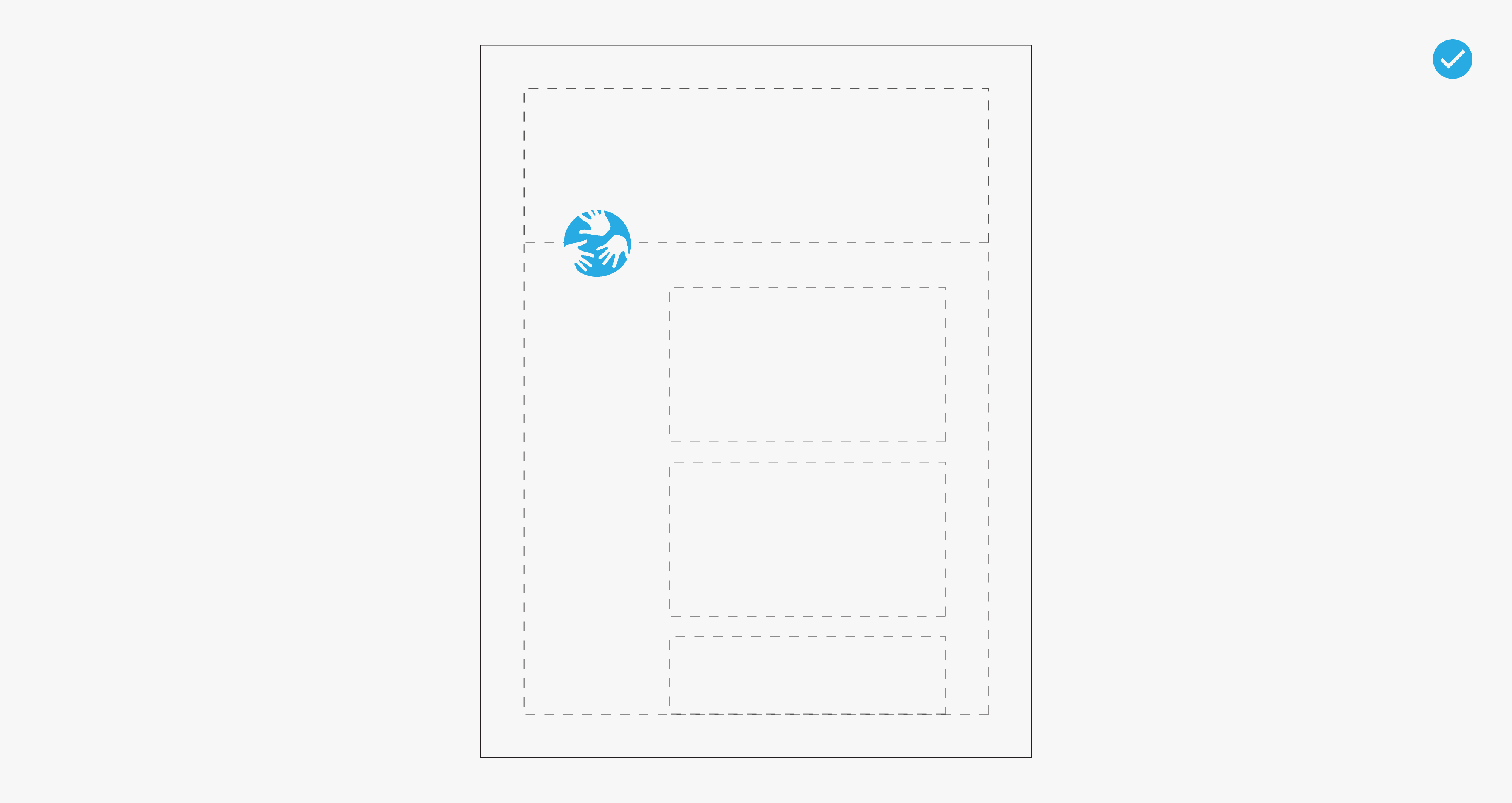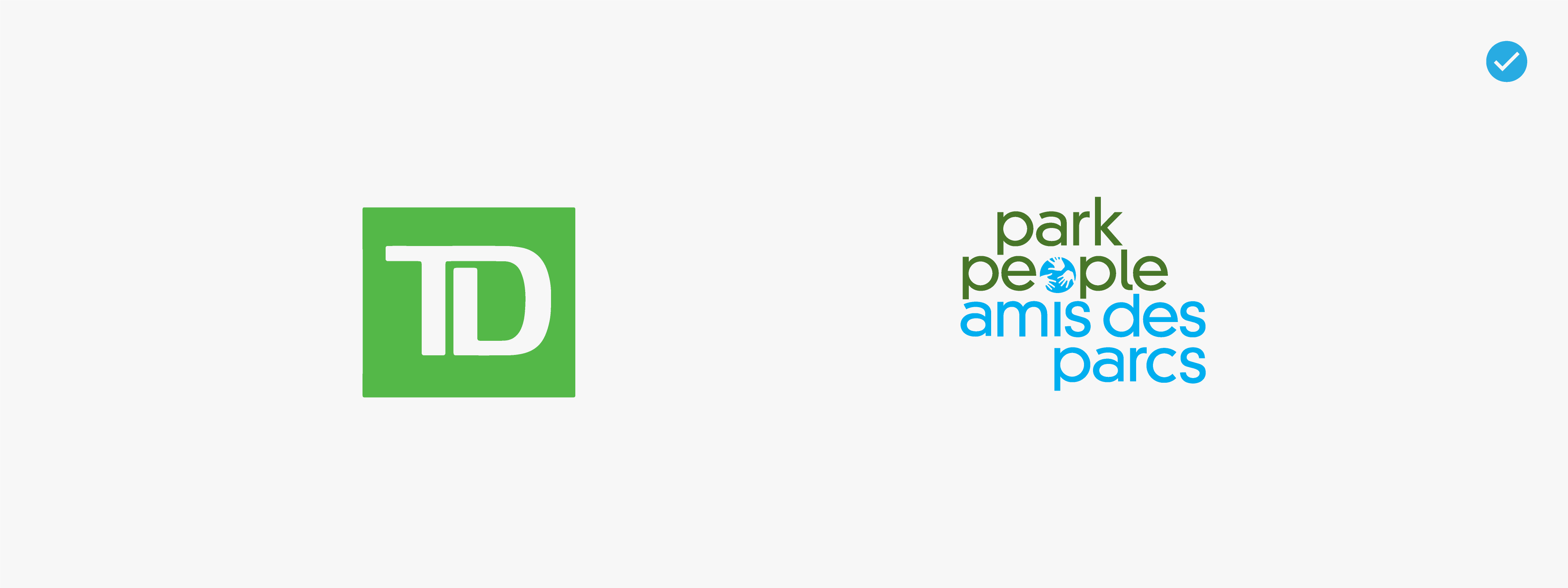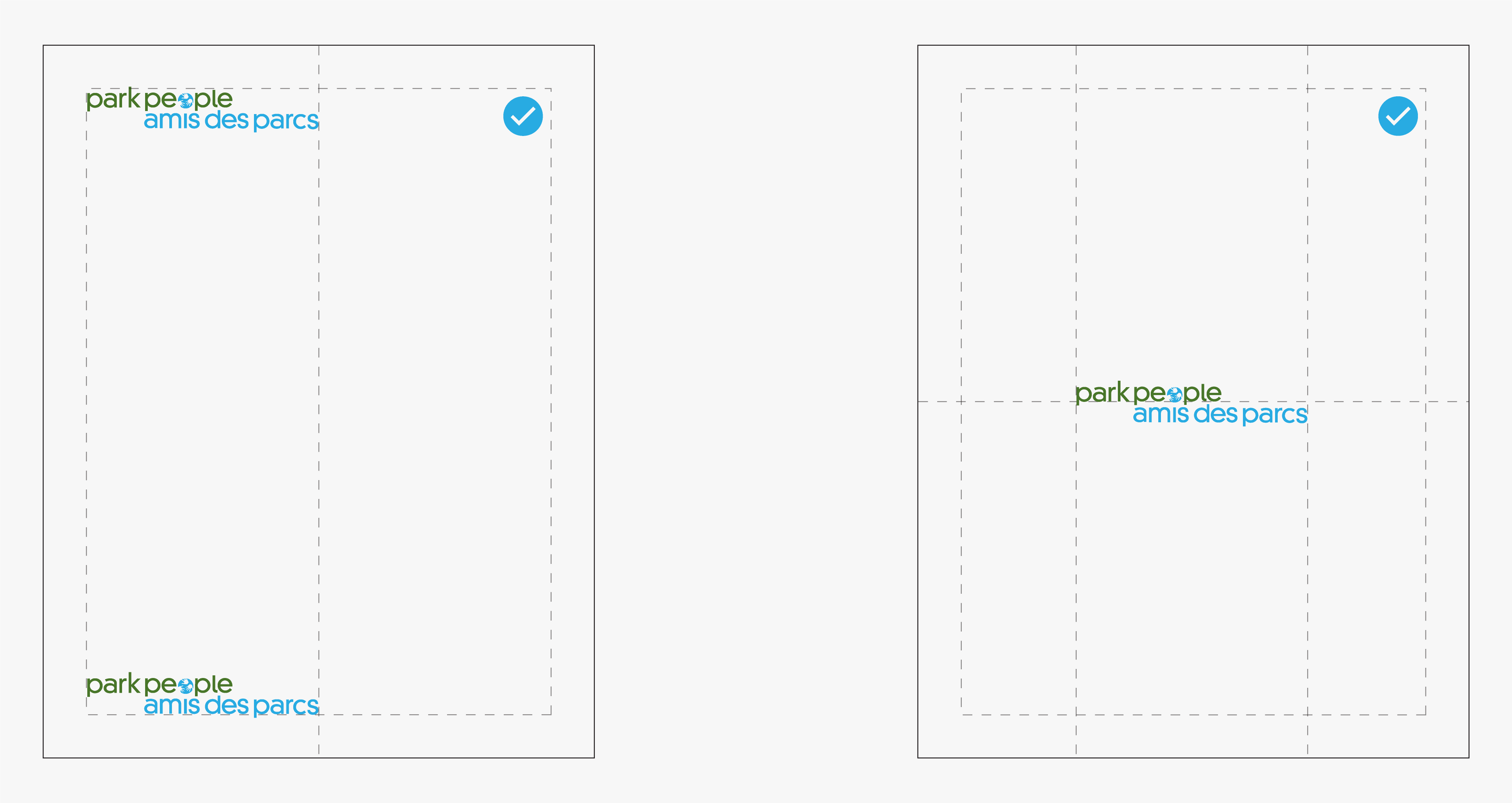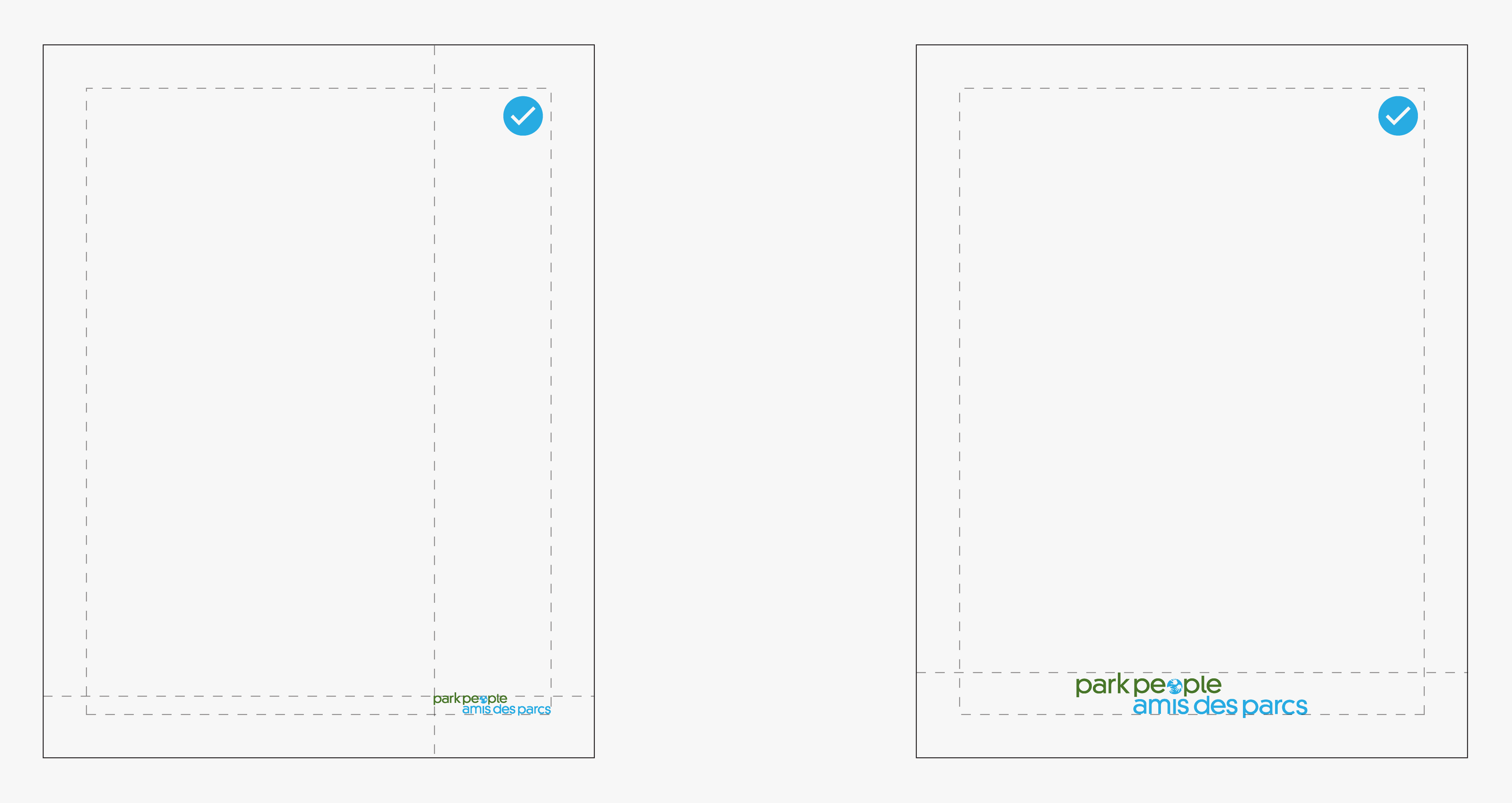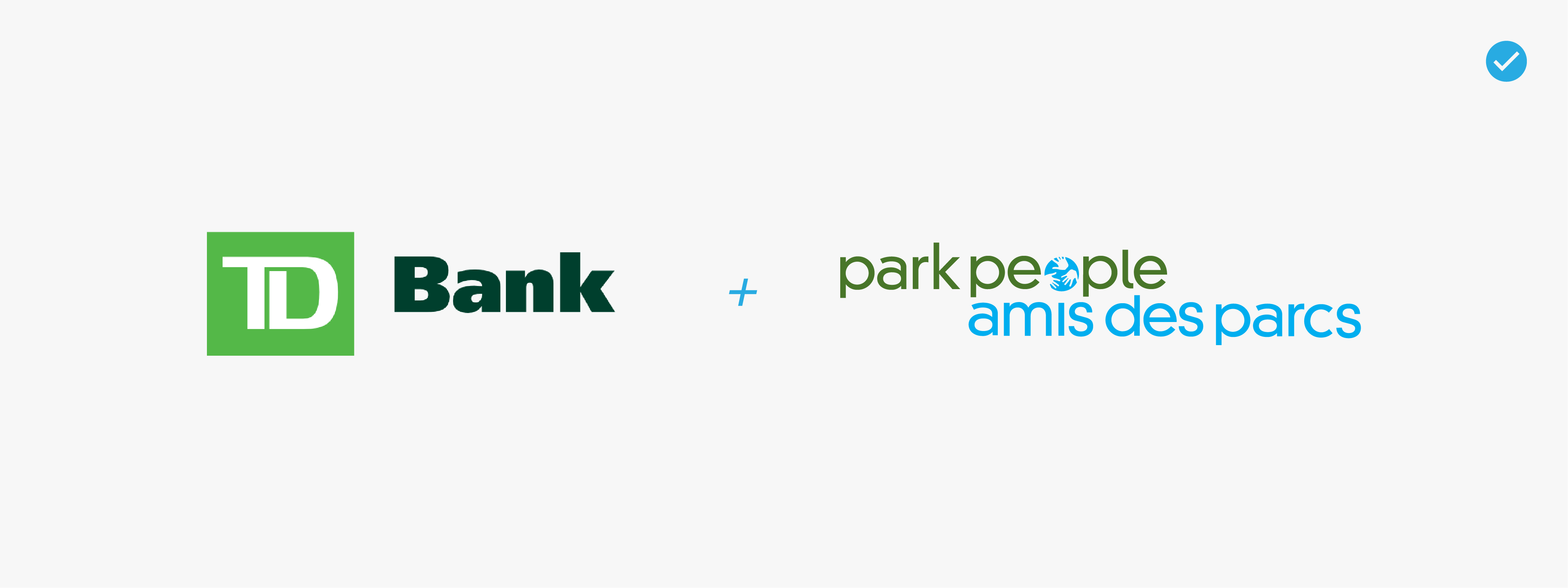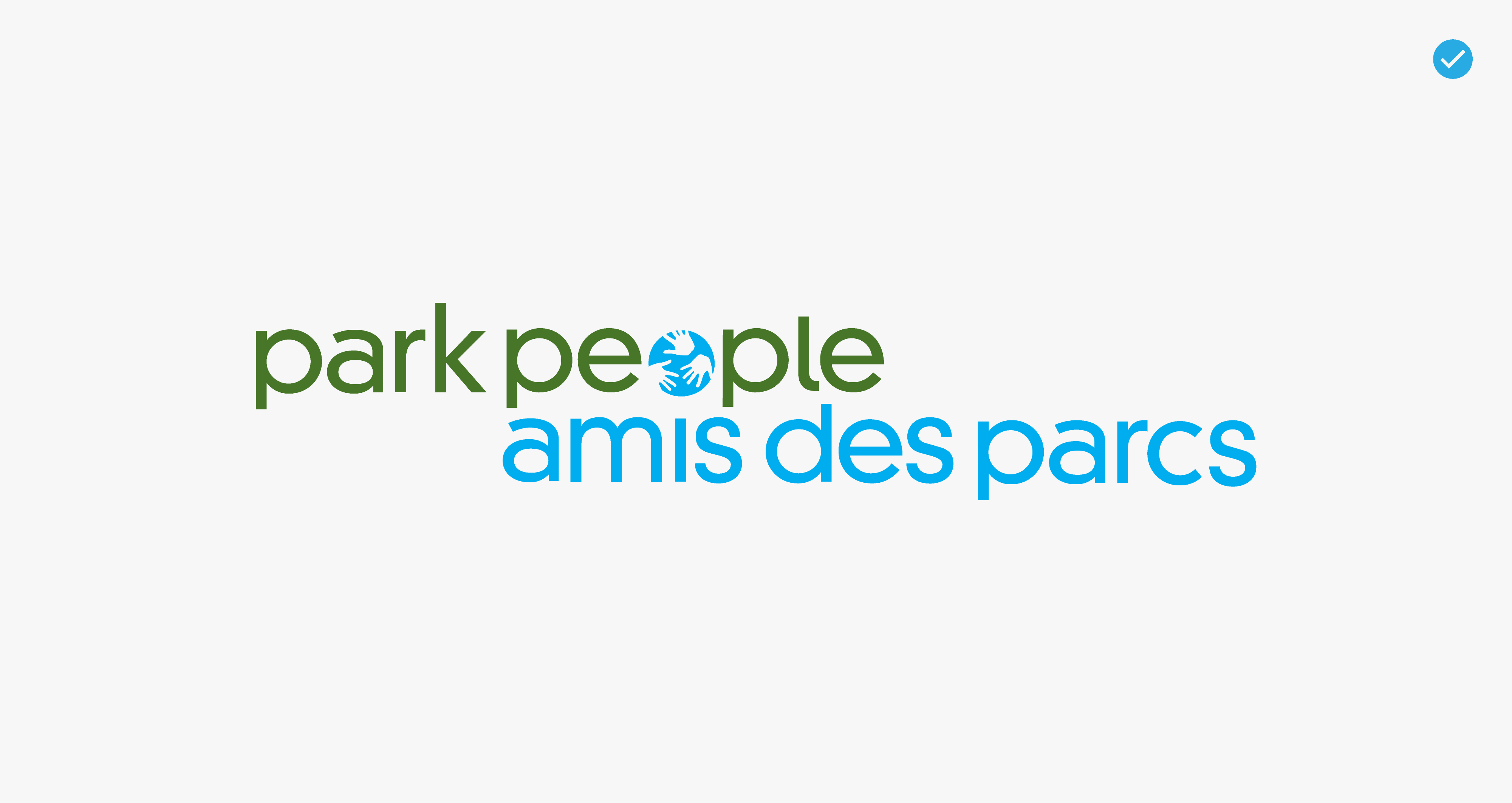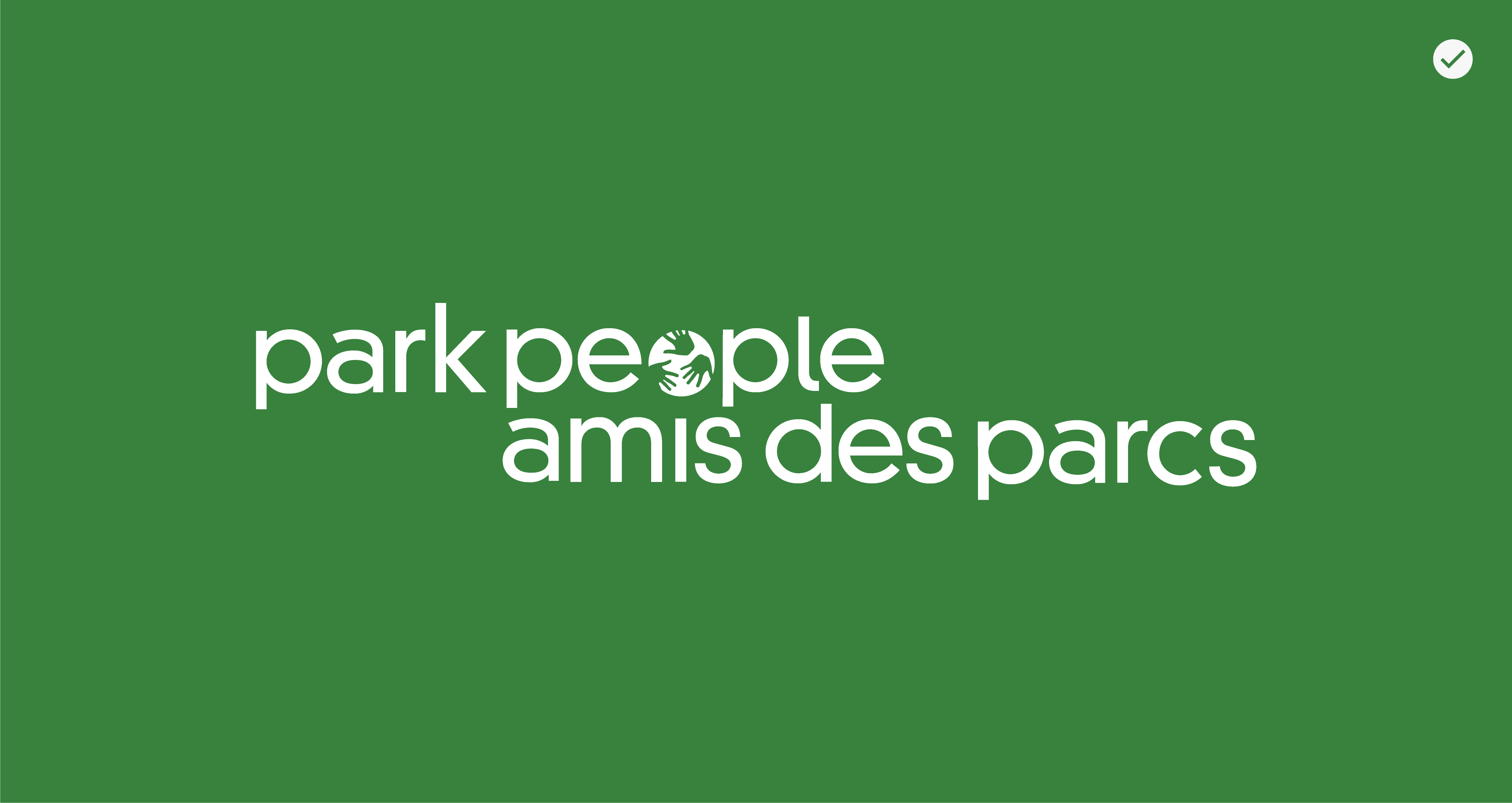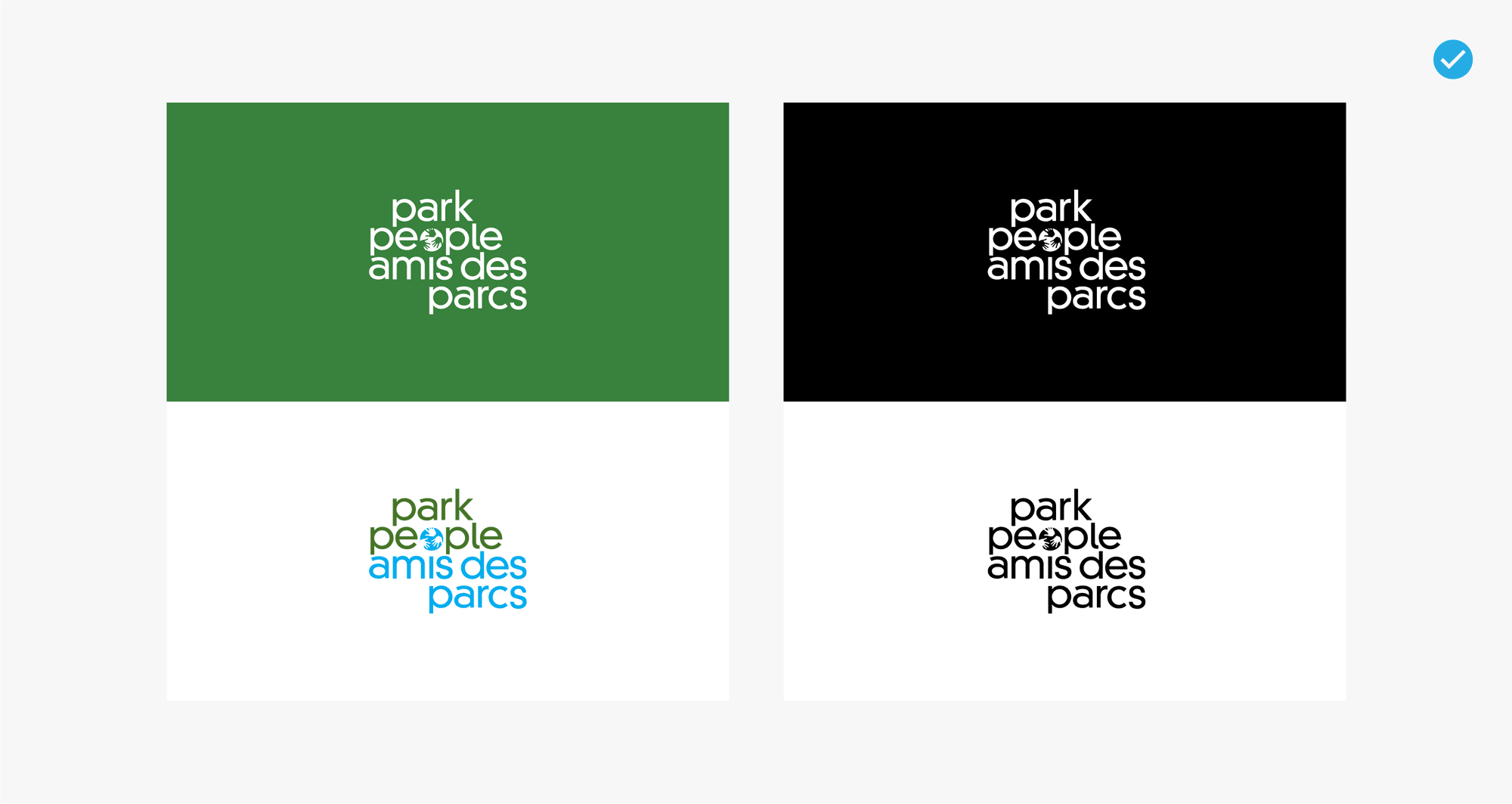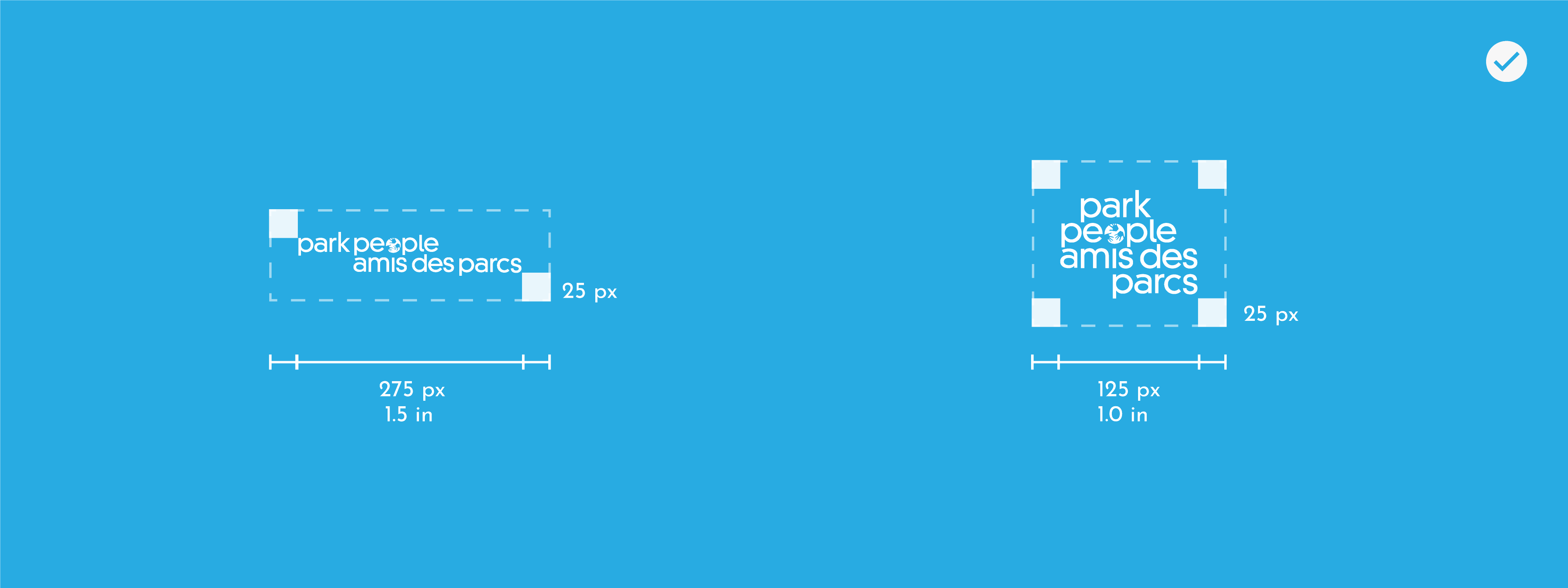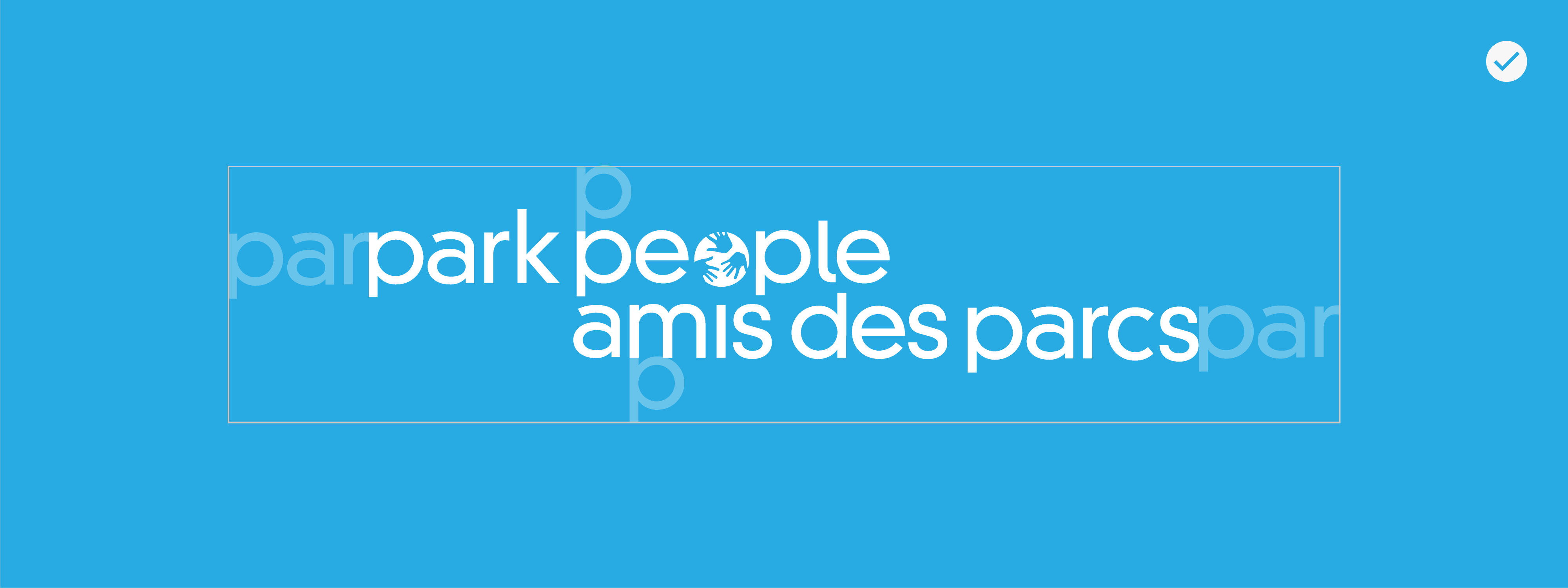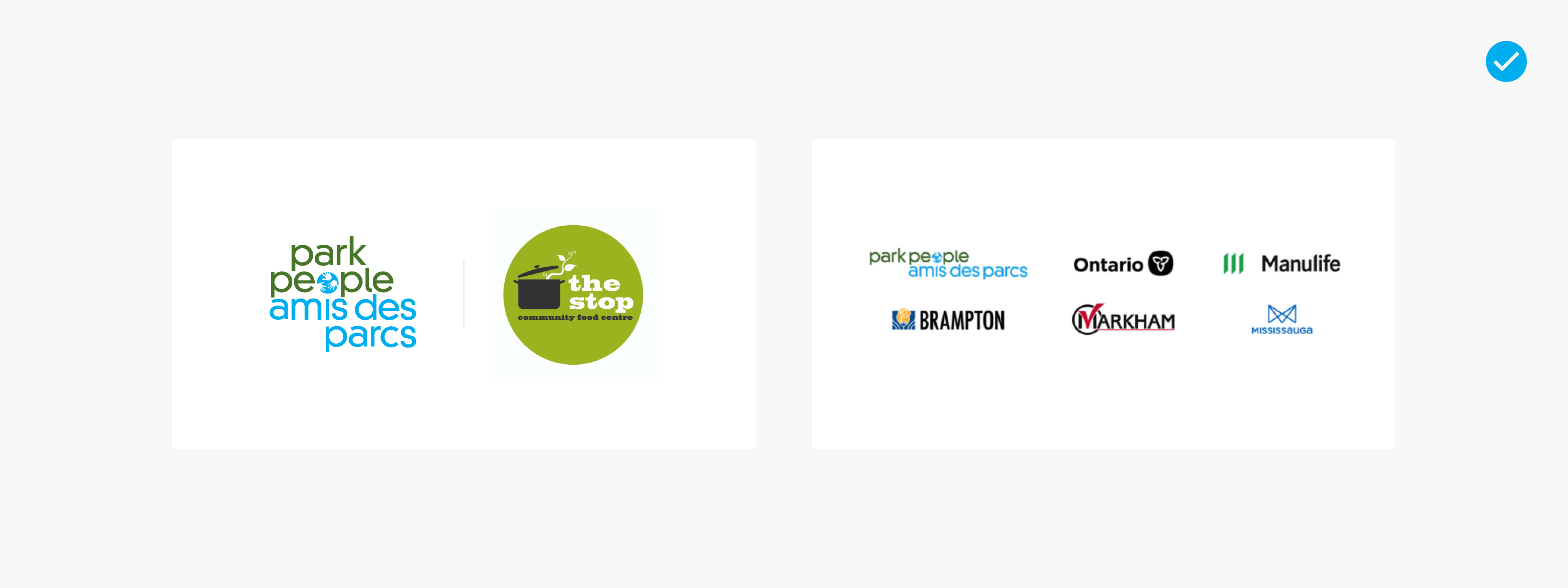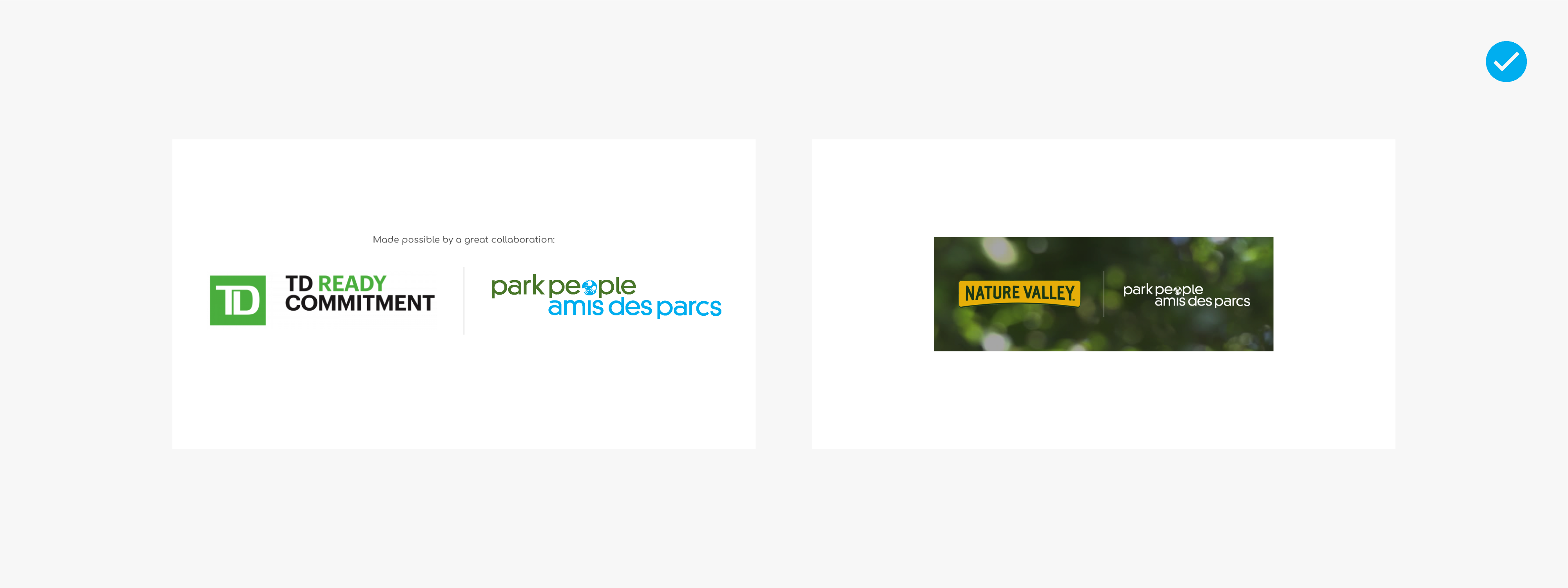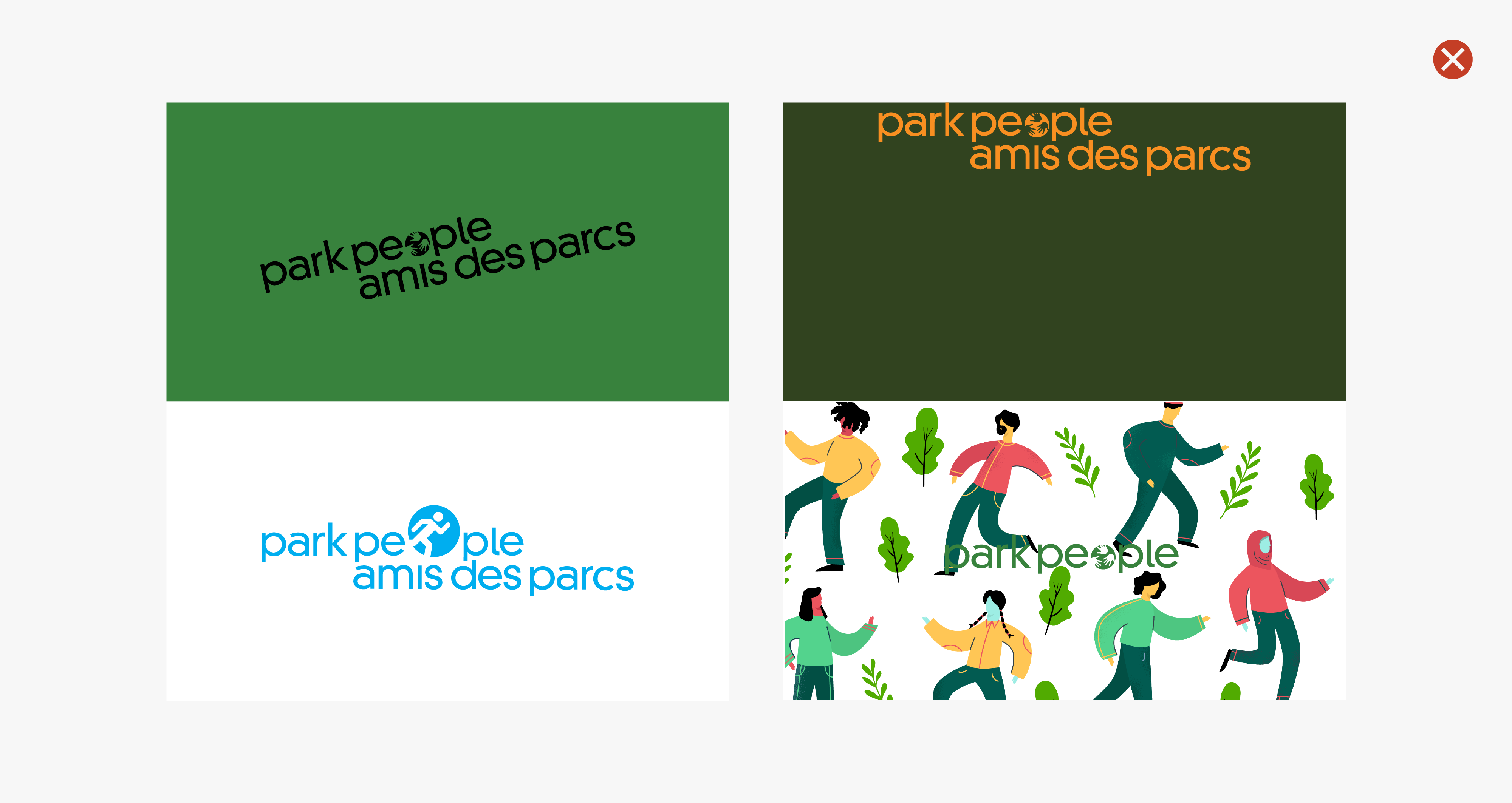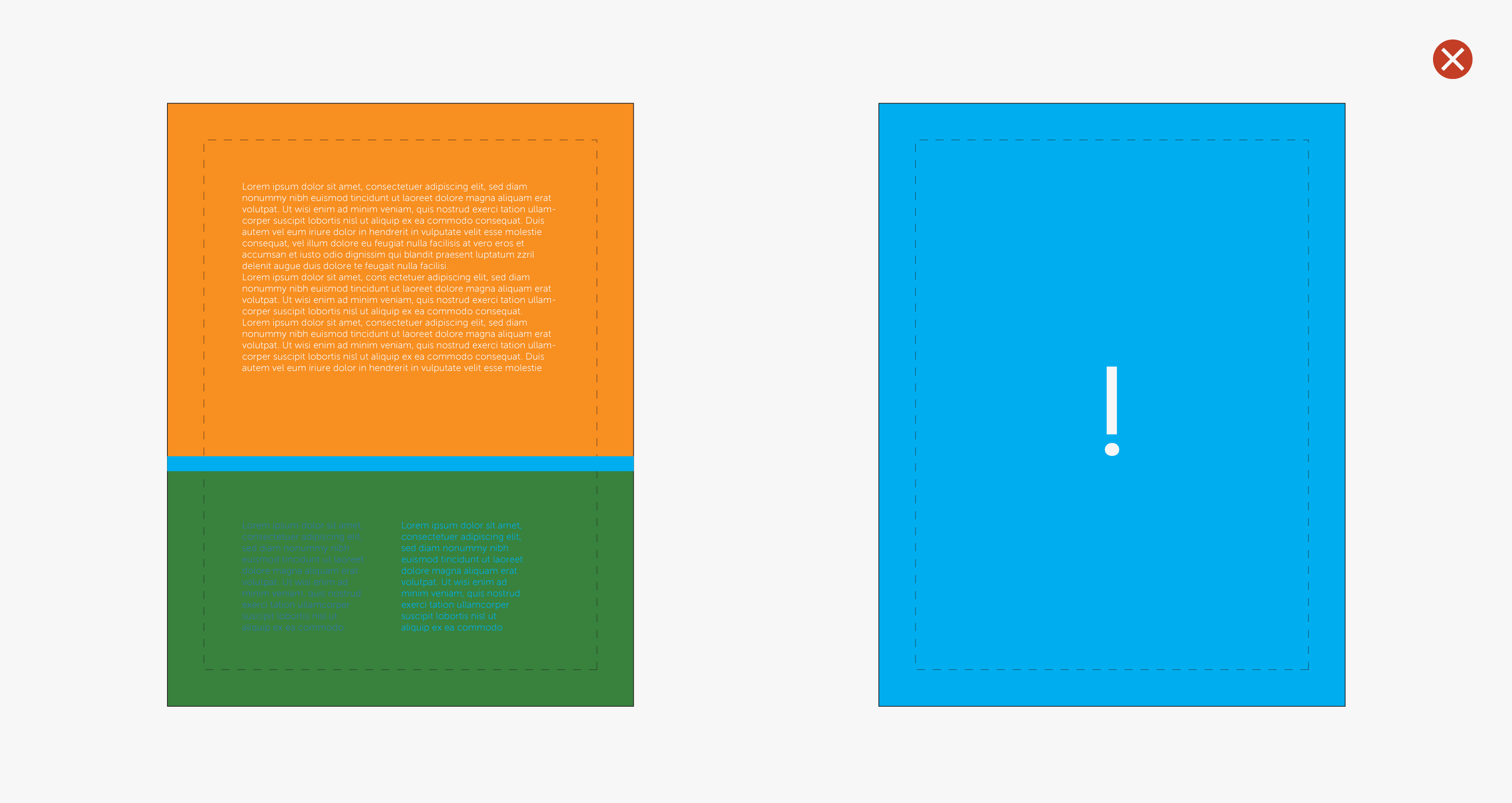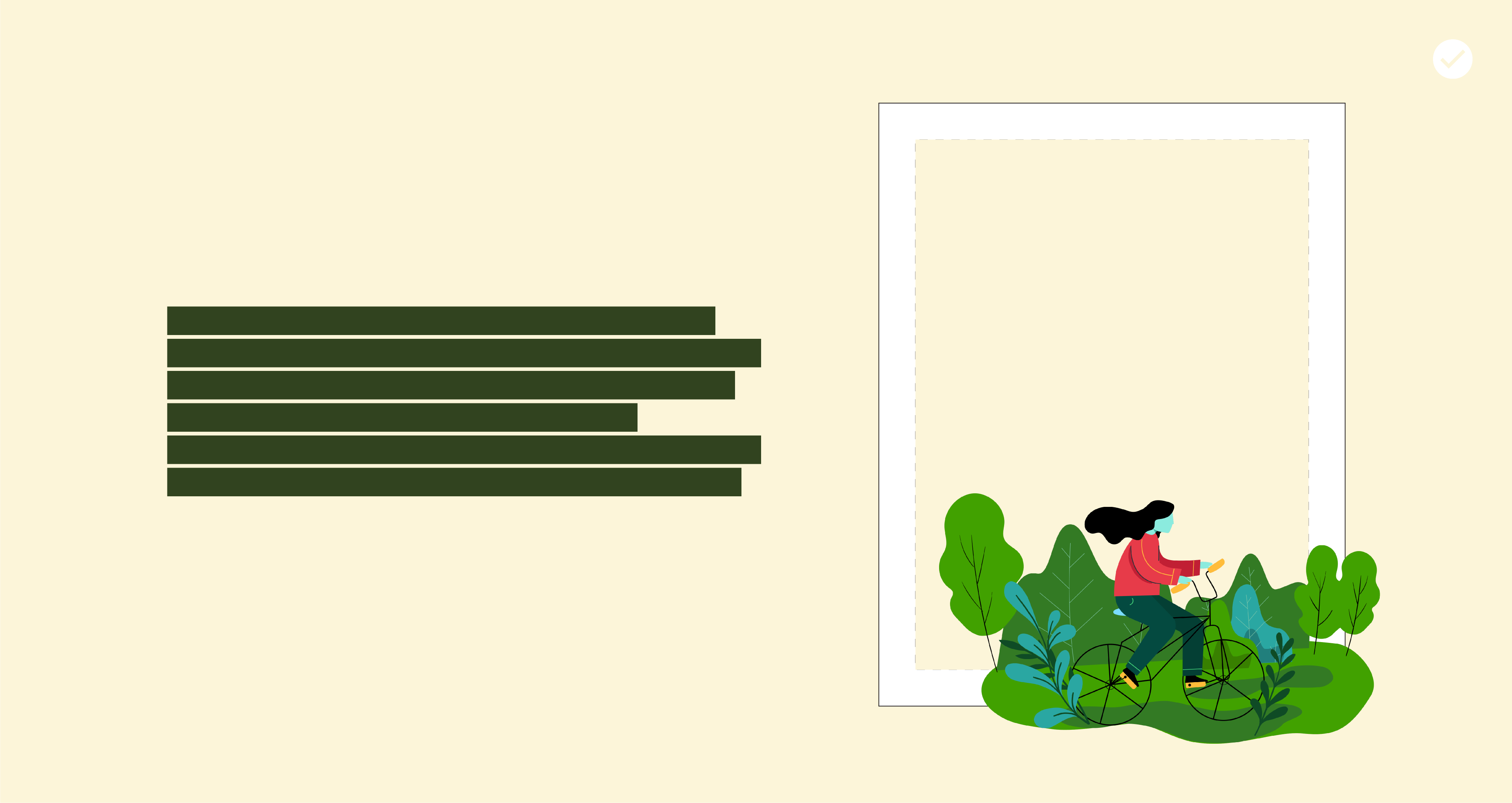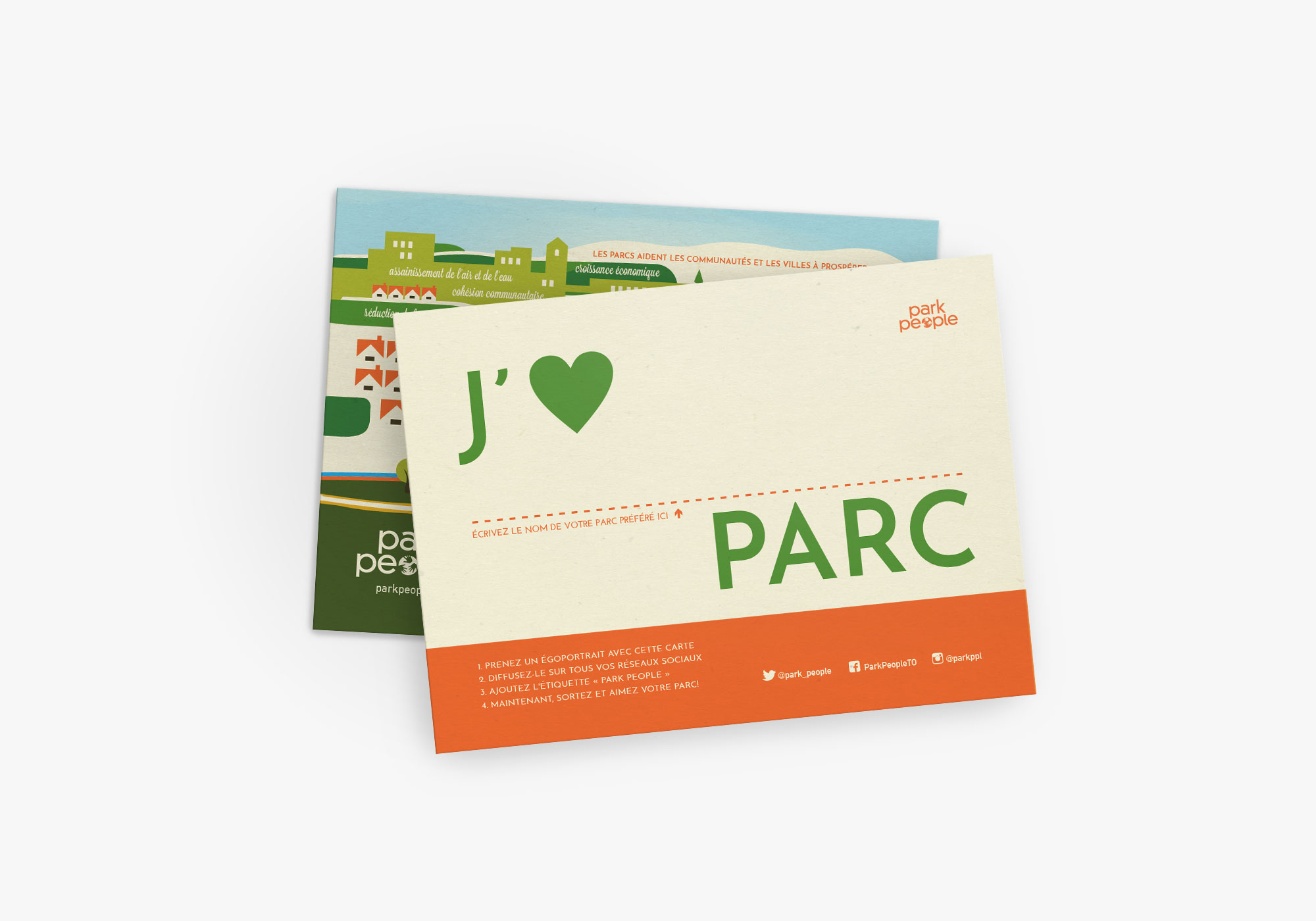Long
Today, 86% of Canadians live in cities. This rapid densification is set to continue. Parks’ potential to offset many of the challenges of urban life makes them more relevant than ever.
Parks are where we gather to play, exercise, relax, connect with each other and nature. You can feel the energy of a vibrant park reverberate across a whole neighbourhood. And you can see and measure the benefits a vibrant park system has on an entire city’s health, economy, ecology and happiness. Parks can help offset many of the challenges Canada’s cities face.
This is the power of parks and it is created by people who are committed to making a real, lasting difference in their community and city. The power of parks can be felt on a personal level (happiness and belonging) a community level (social cohesion, community development, shared ownership, community engagement) and city level (civic engagement, economic development, green infrastructure, livability).
Park People supports and mobilizes people to help them activate the power of parks to improve quality of life in cities across Canada.
We support a Canadian network of park people by sharing knowledge, connections and funding that bolsters their awesome work in parks . We also mobilize Canadians by highlighting the insights, policies and practices that help city parks meet their full potential.
Join us to make something awesome happen in our parks.




